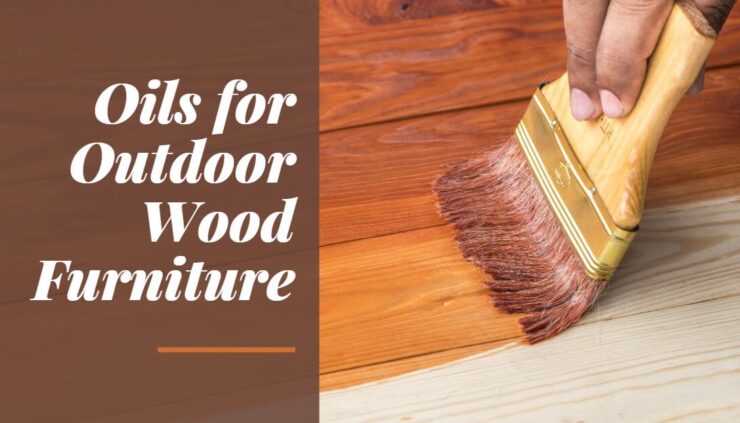Wood furniture is one of the most popular outdoor décor options. Whether you’re looking to deck out your patio, your garden, or even your backyard, the classic look and feel of wood is always timeless. But if you want your outdoor furniture to stay looking fresh and vibrant, it’s important to protect it with the right coatings—in particular oil.
The right oil can not only help seal moisture out of the wood, but it can also add a glossy sheen to give it that extra shine. With so many oils on the market, though, which ones should you choose for maximum protection in 2023? Read on to find out our picks for best oils for outdoor wood furniture in 2023.
The Different Types of Oils
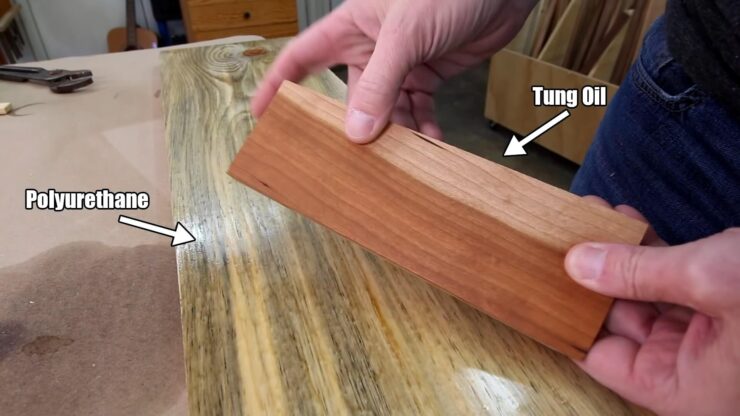
There are three main types of oils that can be used on outdoor wood furniture: Penetrating Oil, Linseed Oil, and Tung Oil. Penetrating oil is the most popular type of oil for outdoor wood furniture. It penetrates deep into the wood, providing a long-lasting finish that is resistant to water and UV damage.
Linseed oil is a natural oil that has been used for centuries to protect the wood from the elements. It is less durable than penetrating oil, but it will still provide a decent level of protection against water damage and UV rays.
Tung oil is an extremely durable oil that provides a high level of protection against both water damage and UV rays. However, it can be difficult to apply evenly and can take several days or even weeks to fully cure.
The Pros and Cons of Each Oil
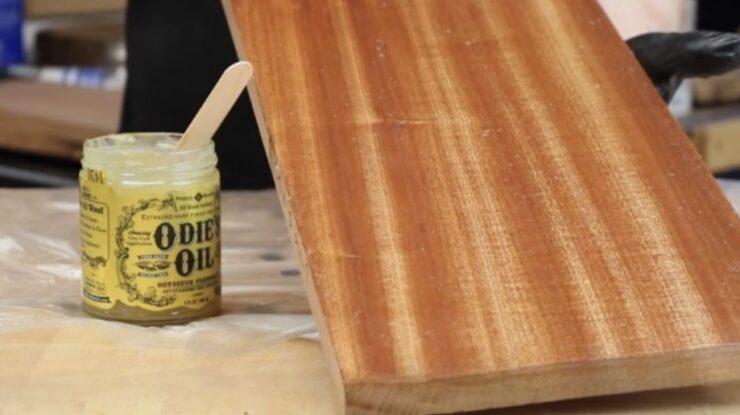
When it comes to choosing the best oil for outdoor wood furniture, there are a few things to consider. The first is the climate. If you live in a hot, humid climate, then an oil with a higher viscosity is going to be your best bet. This will help to keep the moisture out of the wood and prevent warping. In colder climates, a lighter oil is going to be necessary as it will penetrate the wood better and provide better protection against the elements.
Another thing is the type of wood you are working with. Different woods have different densities and porosities, which means that they will absorb oils differently. Softer woods like cedar or redwood will absorb more oil than harder woods like oak or mahogany. This is something to keep in mind when deciding how often to oil your furniture.
You also need to decide what kind of finish you want for your furniture. There are three main types of finishes: natural, stained, and painted. Natural one will show off the grain of the wood and allow it to age gracefully over time. Stained finishes can give the wood a richer look but may require more maintenance down the line. Painted finishes provide the most protection from the elements but can be difficult to repair if damaged.
Now that you know all of this, let’s take a look at some of the most popular oils for outdoor furniture:
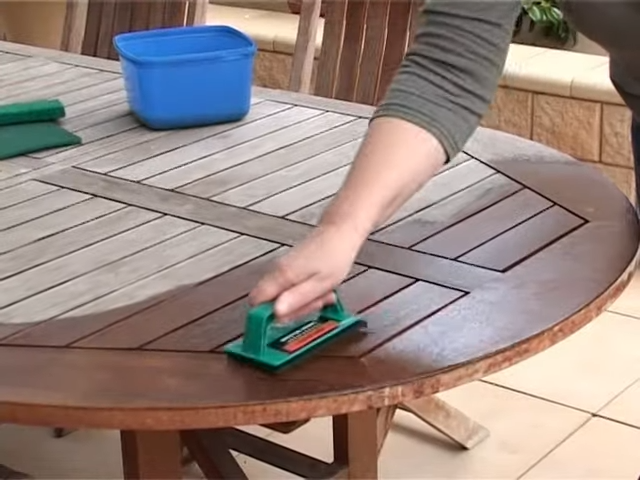
- Teak Oil: It is a popular choice for outdoor furniture as it is very resistant to water, humidity, and UV rays. It is also fairly easy to apply and maintain. The downside is that teak oil can be quite expensive and it may need to be reapplied every few months.
- Linseed Oil: This oil has been used for centuries to preserve wood. It penetrates the wood deeply, providing added protection against the elements. It does not provide any type of finish so you may want to use a stain or paint over it for additional protection. The downside is that linseed oil takes longer than other oils to dry and can have an unpleasant odor when drying.
- Mineral Oil: Mineral oil is a great option if you are looking for an easy maintenance solution. It’s non-toxic and dries quickly so there isn’t much of an issue with waiting around for it to dry before applying a finish or stain over it. The downside is that mineral oil doesn’t penetrate the wood as deeply as some other oils which means it won’t provide as much protection from the elements over time.
There are a variety of oils to choose from for outdoor furniture. Each one has its own advantages and disadvantages, so make sure you weigh your options before making a decision.
Application Tips
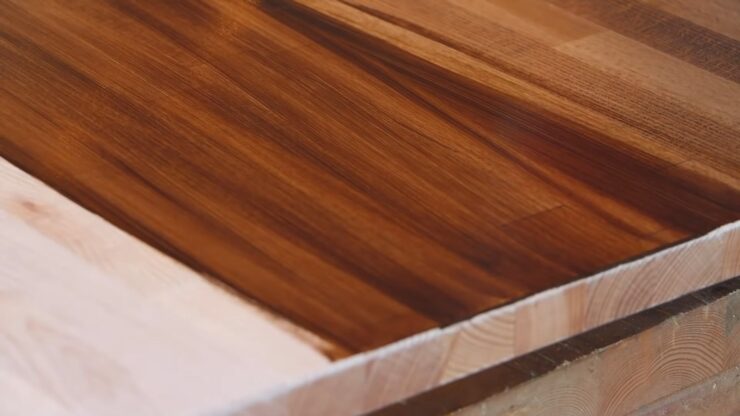
It can be difficult to know what type of oil to use on outdoor wood furniture, as there are so many different products available. However, by following a few simple tips, you can ensure that your furniture stays looking its best for years to come.
One of the most important things to remember is that you should always clean your furniture before applying any type of oil. This will help to remove any dirt or debris that could potentially damage the wood.
Once your furniture is clean, it is time to choose an oil. There are a number of different oils that can be used on outdoor wood furniture, but not all of them will provide the same level of protection. For example, teak oil is a great option for protecting against the elements, but it will not provide as much moisture protection as something like linseed oil.
When applying oil to your furniture, always make sure to follow the manufacturer’s instructions. This will ensure that you do not damage the wood or void any warranties that may be in place.
By following these simple tips, you can keep your outdoor wood furniture looking its best for years to come.
Conclusion
As we’ve seen, there are a lot of different types of oils available, and you can chose the right one depending on type of use and wood porosity of your outdoor wood furniture. From natural vegetable and mineral oils to polyurethane-based products, each oil has its own set of benefits and drawbacks.
Depending on what you’re looking for in oil for your outdoor furniture, it’s important that you take the time to research the best option for your needs. Doing so will ensure that you get the most out of your investment while protecting the beauty and longevity of your outdoor furniture.

